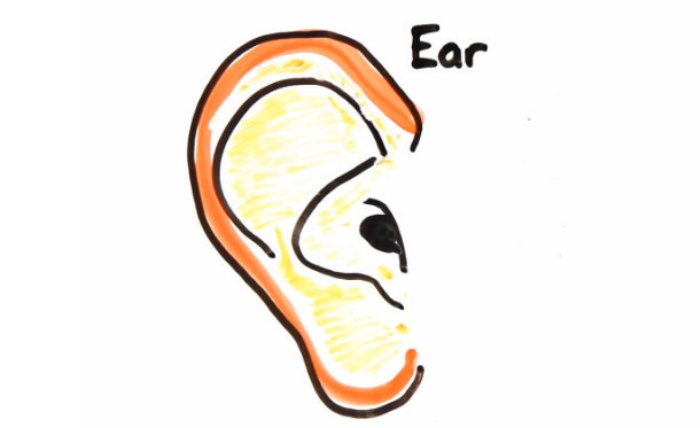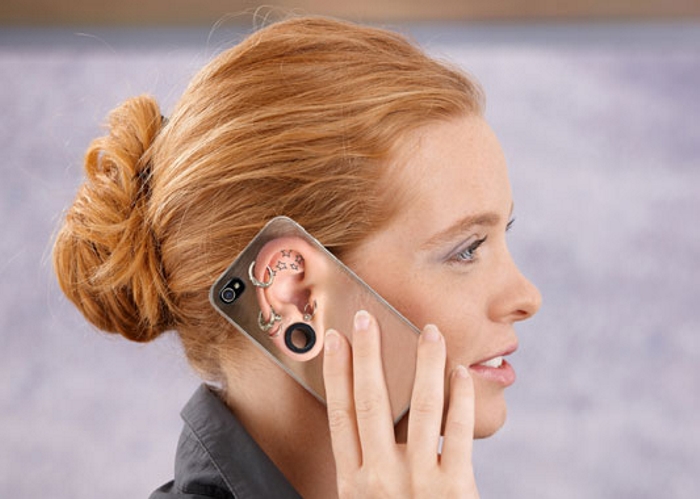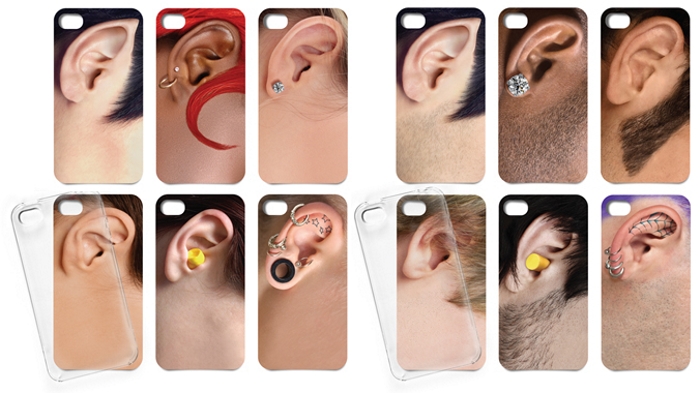
You probably use your ears a lot, even when you don’t mean to or when you’re not supposed to (ahem, like when you eavesdrop.) Studies show that people put their hearing at risk a lot, with too-loud headphones, blaring car stereos, and uber loud concerts that are partly to blame.
So the big question is: How old are your ears? AsapScience has created a hearing test of sorts that plays a series of tones at increasing frequencies. The video indicates which average age group can hear the tones, so you can find just how good or bad your hearing is almost immediately.
Make sure to play the video at its highest HD-quality setting and listen to the audio with a pair of good-quality earphones, too.
This might not be the most accurate test around, but you can treat the results you get as some sort of benchmark to determine the current state of your hearing.
VIA [ C|NET ]






